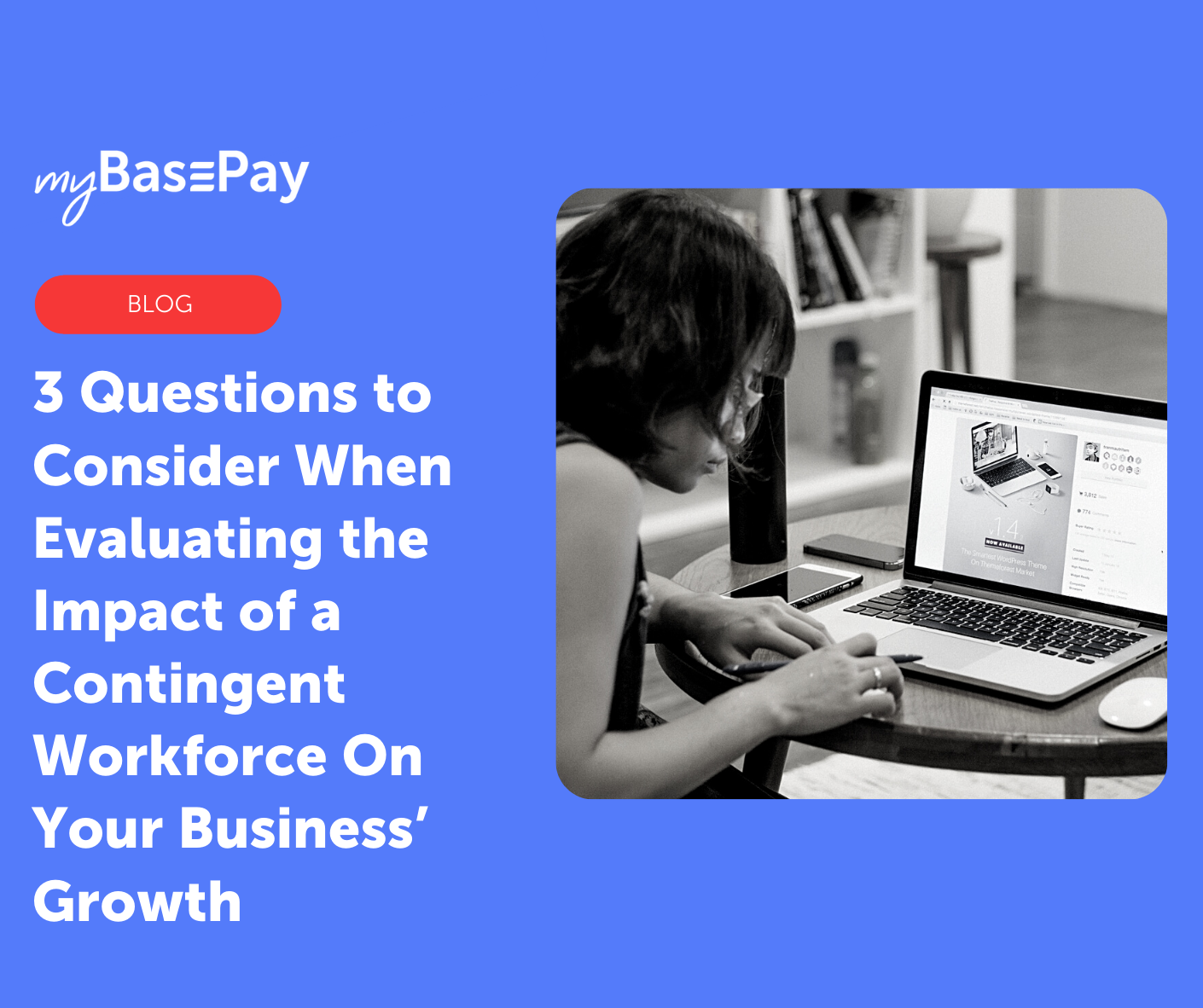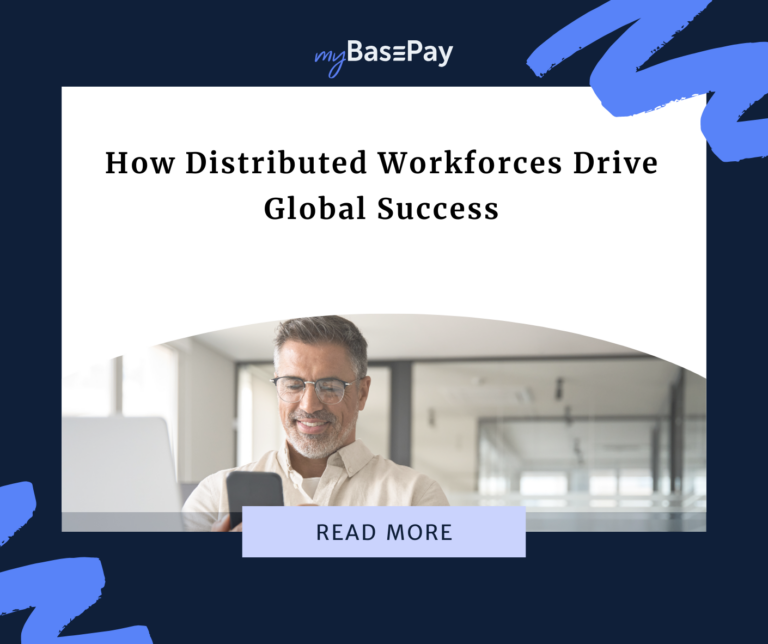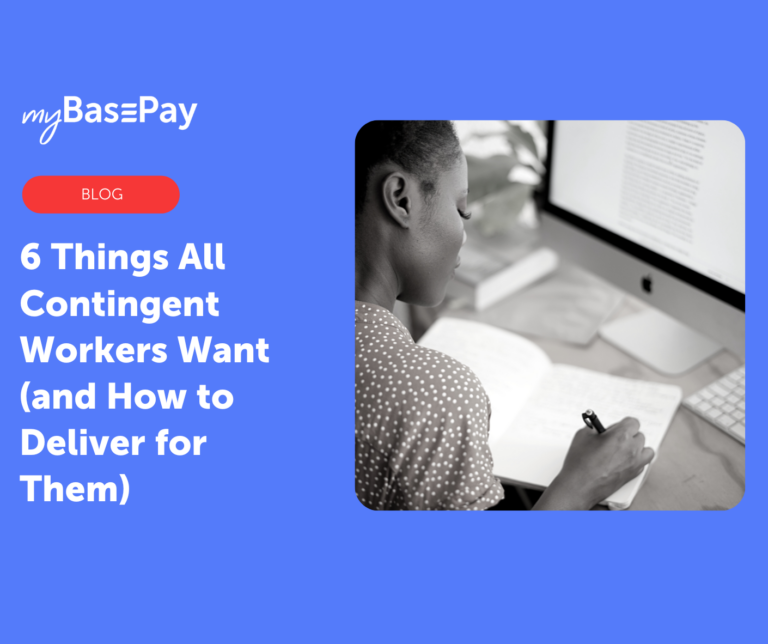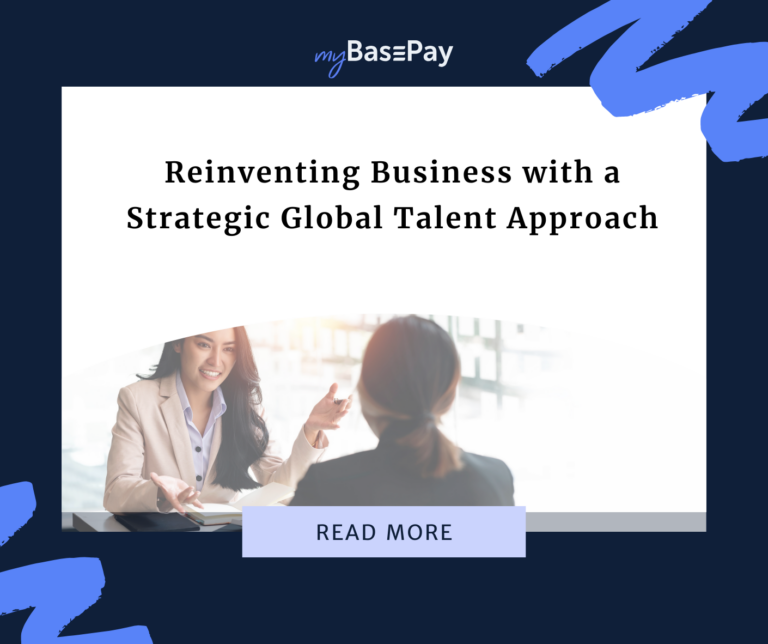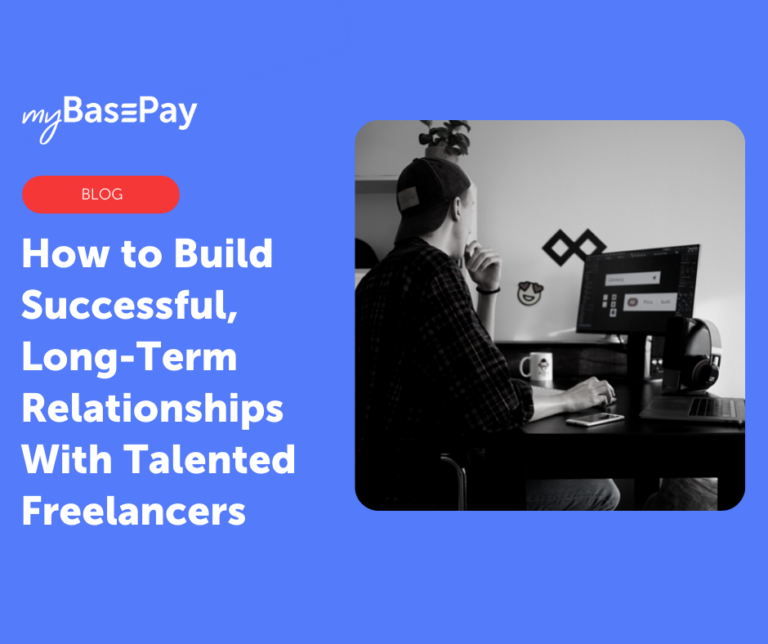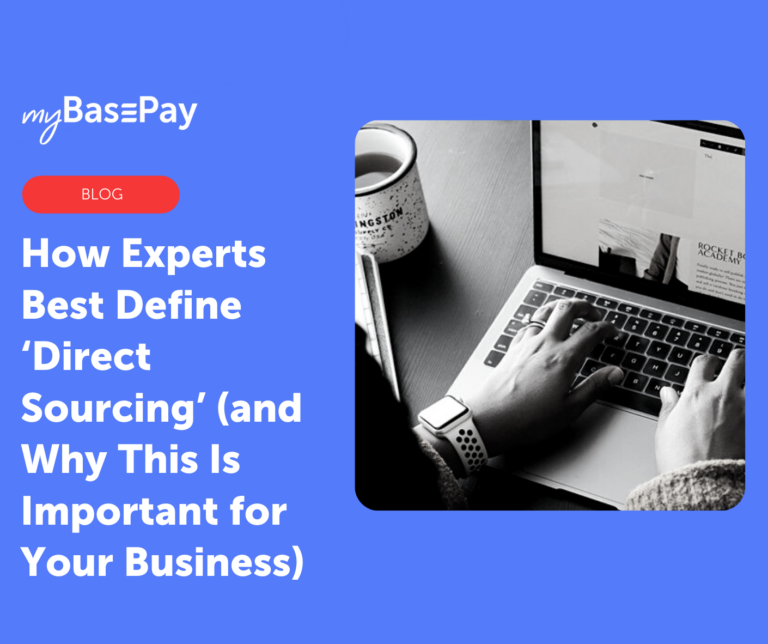3 Questions to Consider When Evaluating the Impact of a Contingent Workforce On Your Business’ Growth
The contingent workforce is here to stay — in fact, it is estimated that there are over 59 million freelancers in the United States today. While using contingent talent can make a business more agile and flexible, using these individuals to grow your business involves much more than simply deciding you want to hire them.
To fully evaluate how the contingent workforce can impact your business’ growth, there are some key questions you should consider.
1. How Much Can I Save By Hiring Contingent Workers?
This is the question many business owners have in mind when they decide to work with contingent talent — but the answer is more complicated than they might expect.
First and foremost, because contingent workers are not classified as full-time employees, the business generally does not have to provide benefits such as health insurance coverage or paid time off. This can make working with a contractor less expensive than hiring a full-time employee.
However, the cliche “you get what you pay for” can also be quite relevant when working with contingent talent. Businesses should avoid trying to race for the bottom in terms of how little they can pay contingent workers. According to CNBC, roughly 20 percent of freelancers earn over $100,000 per year.
Top-level contingent talent is just as qualified as the people you would hire for a full-time position, but they prefer the flexibility and freedom that come with contract work. Because of this, you’ll need to pay a higher rate if you want to work with the best talent available for a particular project. Trying to pay the lowest possible rate likely means you will only be able to attract lesser talent.
By providing fair compensation to contingent workers, you can get the productivity and quality of work that lead to the level of growth your business needs. This is ultimately more important than trying to slash your bottom line.
2. What Risks Are Involved With Onboarding Independent Contractors?
While hiring contingent talent offers several advantages for businesses, it also has some inherent risks, particularly regarding worker classification. Quite often, businesses are penalized when they classify a worker as an independent contractor when the IRS would consider them an employee.
The IRS’s standard for determining employment status typically looks at the level of behavioral control the company has over how the worker does their job, the financial control the business have in relation to the worker’s job, and whether there are written contracts with employee-type benefits. Whether the work is considered “a key aspect of the business” can also be used to determine the relationship between the worker and the employer.
To mitigate the potential risks associated with using the contingent workforce, it is strongly advised that you utilize an employer of record (EOR). EORs provide the necessary infrastructure to ensure compliance with all applicable employment laws, while also managing payroll and human resources needs for your contingent workforce.
If you use international talent, or a hybrid or remote workforce, an EOR becomes even more vital. By proactively engaging these services, your business can have peace of mind, as all employment liability will essentially be outsourced to the EOR provider. You can have confidence that all workers are classified and treated in a way that is compliant with federal and local regulations.
By mitigating risk and ensuring compliance, you can ensure that your growth efforts don’t lead to major fines or other costly penalties later on.
3. How Can I Ensure Consistent Access to Contingent Talent?
Quite often, businesses will hire contingent talent for projects that require the services of an expert with skills current company employees don’t have, but that the company doesn’t need on a full-time basis. This could include redesigning a website, or even writing a press release.
These temporary or one-off projects could last for a few months or as little as a week. Depending on the nature of the work, you might not need workers with those skills again for another year — or you might discover that you need them for another project the very next month.
If you’re spending an inordinate amount of time simply trying to find new workers for each project that comes up, the contingent workforce won’t be that effective in fueling your company’s growth. Ineffective hiring practices waste time and lower productivity.
Instead, your company can streamline contingent workforce growth by implementing the direct sourcing model. In direct sourcing, a business builds an internal database of contingent talent from groups such as contractors who have worked with the company before, former employees who are now freelancers or even candidates who didn’t quite get hired for a previous job opening.
By working with an EOR to curate this talent pool, your business has access to a growing pool of talent that has already been vetted by members of your organization. Quite often, these individuals have previously worked for your company, so they understand its systems and culture. Direct sourcing can greatly streamline talent acquisition and onboarding, allowing new contingent hires to get to work that much sooner.
Improved sourcing of contingent talent enables you to focus on your employer brand — providing a quality work experience so that top talent will want to work with you again in the future. With an established direct sourcing model in place, you’ll be able to get the talent you need when you need it to maximize your growth potential.
Maximize the Potential of Your Contingent Talent With MyBasePay
The contingent workforce stands to provide a significant boost to your bottom line, while also enabling you to scale your business much more rapidly and sustainably. However, managing a mixed workforce of full-time and contingent talent also introduces new complications and liability risks.
This is where myBasePay can make a difference. As an employer of record (EOR) provider with a full suite of back-office solutions, myBasePay can facilitate onboarding, invoicing, compliance administration and other vital tasks to streamline the use of contingent talent. With myBasePay on your side, you can focus your efforts on providing a quality work experience that maximizes the productivity of your team.
Author: Cesar Romero
Cesar is the Head of Marketing at myBasePay, where he’s responsible for overseeing the company’s content marketing, community, and partnerships strategy. He also co-hosts The Ivy Podcast where he interviews executives from Fortune 500 companies on executive leadership. When he’s not helping startups with marketing and community strategy, you can find him paying it forward by serving as a mentor for leading organizations like StartingBloc, Hive, and Global Citizen Year.
